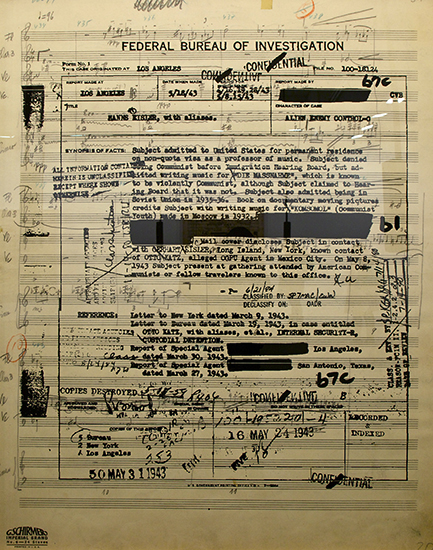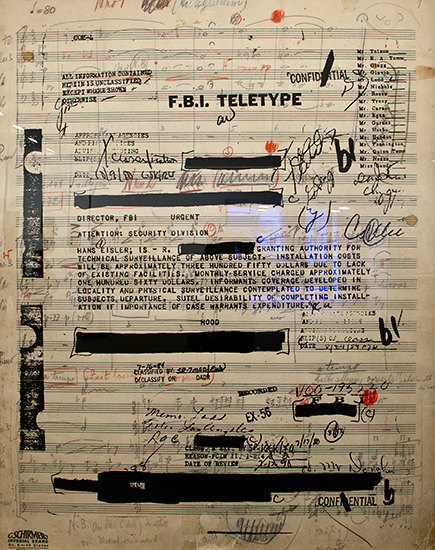You won’t believe these bargains! George Shaw reports…
Installation view
7 Sinks (detail)
It would be reasonable to do a double take when arriving at the Andrea Meislin Gallery to view 7 Sinks by Maayan Strauss. Set up as a perverse kitchen top, Strauss comments on social status and objects of desire via luxury kitchen fittings. However, the installation is more than that: the marble benchtop is really a photograph designed to be degraded by the reticulated splashing water that transforms the work into a fountain. By asking Kohler to supply the fittings, Strauss also inverts the traditional relationship between commissioning client and artist.
Behind the Myth of Benevolence
Gifts
Holy Absence II
Space to Forget
In his show Drawing the Blinds at the Jack Shainman Gallery, Titus Kaphar presents slashed, stripped, cut, and crumpled canvases as a metaphoric act of intervention in African American history to redress racial injustices of the past. While appearing as art historical images in their rendition, the works are nevertheless a reminder that today’s continued injustices are tethered to old, entrenched traditions. The act of revising history is for Kaphar a way of reimagining a new paradigm in which forgotten figures are recharged and acknowledged for their sacrifices.
Installation view
Part File Score IV (detail)
Part File Score VI
Part File Score VII
In the Principality of Paranoia everyone has always been a suspect. Focusing on the story of 1920s Jewish émigré and Hollywood composer Hanns Eisler, Susan Philipsz creates an immersive sound and visual installation at the Tanya Bonakdar Gallery in which Eisler’s redacted FBI files are overlaid with his own annotated sheet music. The 12-channel soundscape features a mournful violin solo, which was part of a larger work interrupted by Eisler’s deportation as a suspect communist agent. Part File Score addresses loss, exile, and the politics of persecution.
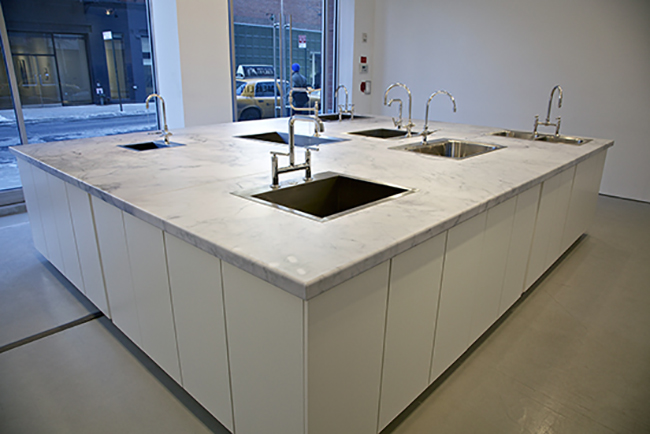

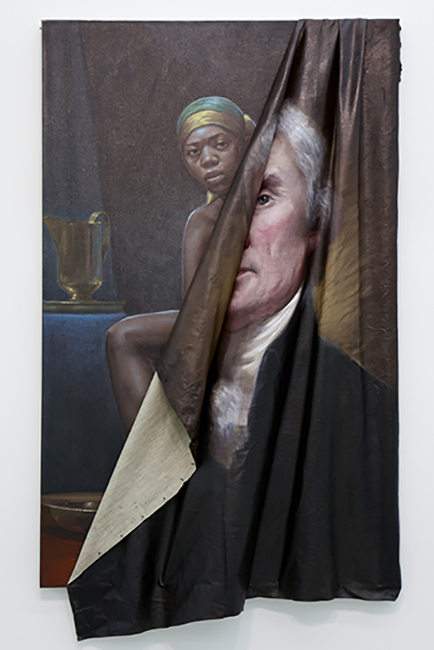
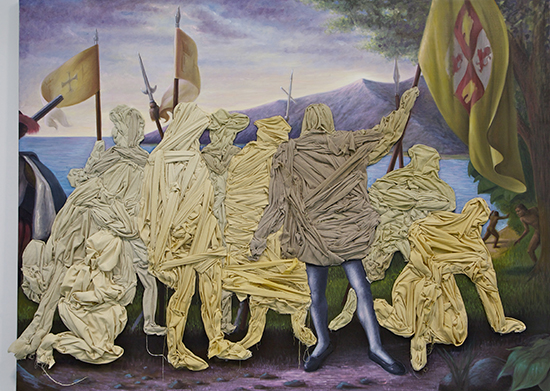
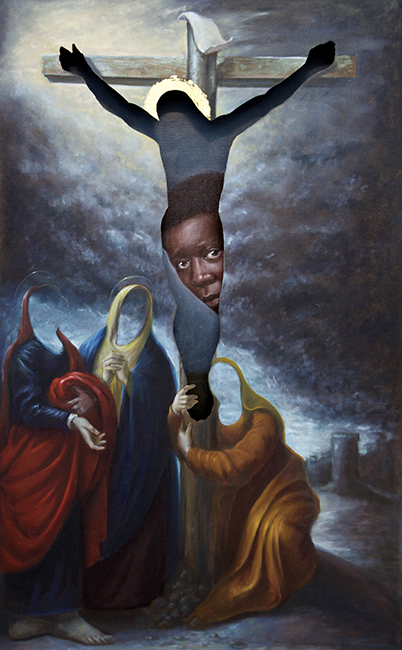
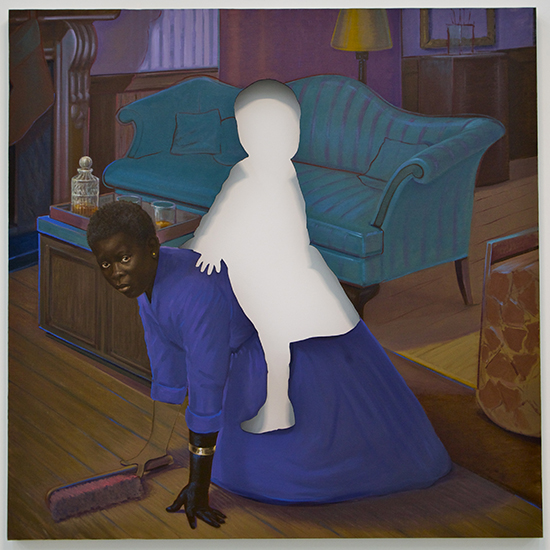
![Installation view[1]](http://theartlife.com.au/wp-content/uploads/2015/02/Installation-view1.jpg)

